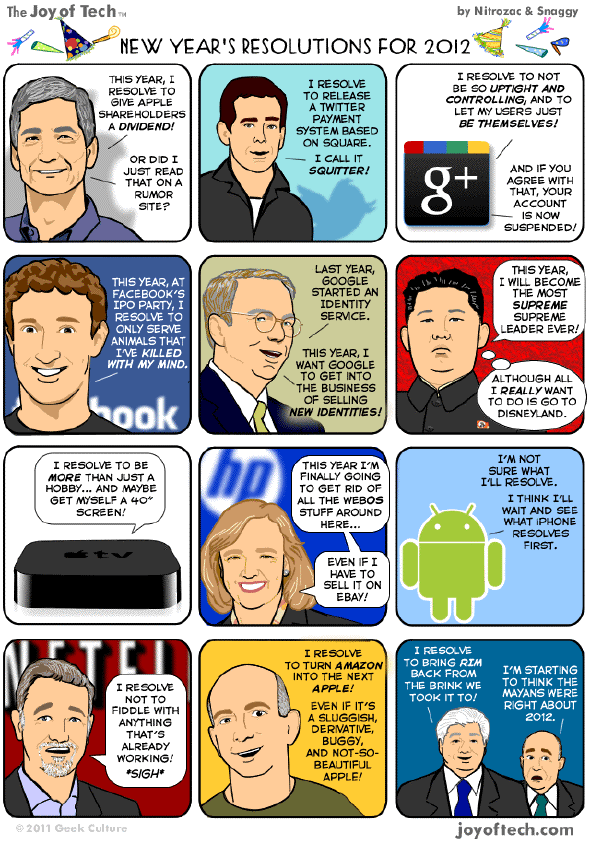How a campaign brings multiscreen couples together
 Many families, and especially couples, experience new formats of evening togetherness. Couples are not leaning back any longer and simply watching TV, or having relaxed chats next to it. With most couples, both partners are using their smartphones, tablets or notebooks to chat with friends, to update their status for their fans and keep in touch with their digital fellows while the TV sceen is fighting for viewing figures.
Many families, and especially couples, experience new formats of evening togetherness. Couples are not leaning back any longer and simply watching TV, or having relaxed chats next to it. With most couples, both partners are using their smartphones, tablets or notebooks to chat with friends, to update their status for their fans and keep in touch with their digital fellows while the TV sceen is fighting for viewing figures.
Did you realize that TV gets the former status of the radio in our digital world? People listen to TV but are actively engaged in something else, in another screen conversation, in a multiscreen reality. Mobile becomes the new prime time. Radio always was the number two from a user attention perspective. So is singlescreen attention today, it is out, digital leads. Multichannel is the big future, and the looser is… the personal relationship. We all know how relaxing it is to lean back, and how TV reduces our “most emotional relationship activities” to a minimum, multiscreen usage could become a limitation catalyst.
But there is hope…
CP+B has thought about this development, maybe not… Still, they tell us in a new campaign how couples most commonly book trips. They have created a 2 for 1 campaign for Scandinavian Airlines. The campaign called “Couple Up to Buckle Up” was launched in banners, emails, facebook app, or print ads, and used two unique QR codes to bring people closer together again, i.e. to book a flight to Paris together.
In the campaign approach, couples need to scan the QR code assigned to them. Then, they would sync their half of a video based offer and reveal the discount code split across both screens. Bit of a challenge to scan/play at the same time but still a nice idea on a critical relationship topic.
And maybe this will help to… Well, you decide!
Couple Up to Buckle Up from Tobias Carlson on Vimeo.






 Never will I forget the day some time between 2001 and 2002 when I went to the BMW pavilion exhibition in Munich to get an understanding of what “Connected Drive” means. Those days, even the people in the pavilion could not help us, and it took BMW three days to give us some proper feedback on this term via telephone. Today, the term is clearly defined as driving with internet access which enables all sorts of connected infotainment, and if you want to know more about it, you can get plenty of information
Never will I forget the day some time between 2001 and 2002 when I went to the BMW pavilion exhibition in Munich to get an understanding of what “Connected Drive” means. Those days, even the people in the pavilion could not help us, and it took BMW three days to give us some proper feedback on this term via telephone. Today, the term is clearly defined as driving with internet access which enables all sorts of connected infotainment, and if you want to know more about it, you can get plenty of information 


 The
The 
